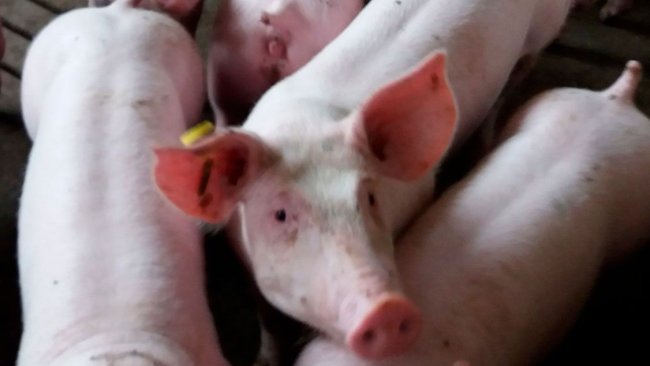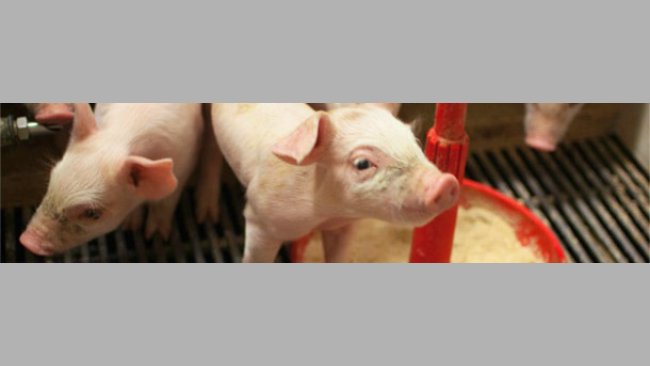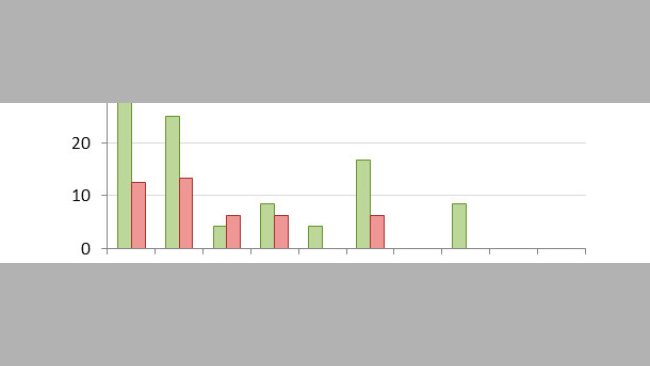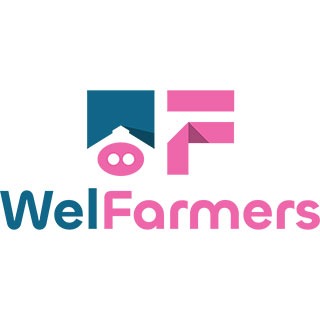
"Semi-precision" feeding in finishing pigs (1/2): Differentiating by starting weight
If the cost of precision feeding seems unaffordable, this system based on providing distinct feeding to specific groups of animals may interest you! Do you want to know the criteria used to make the groups?






















